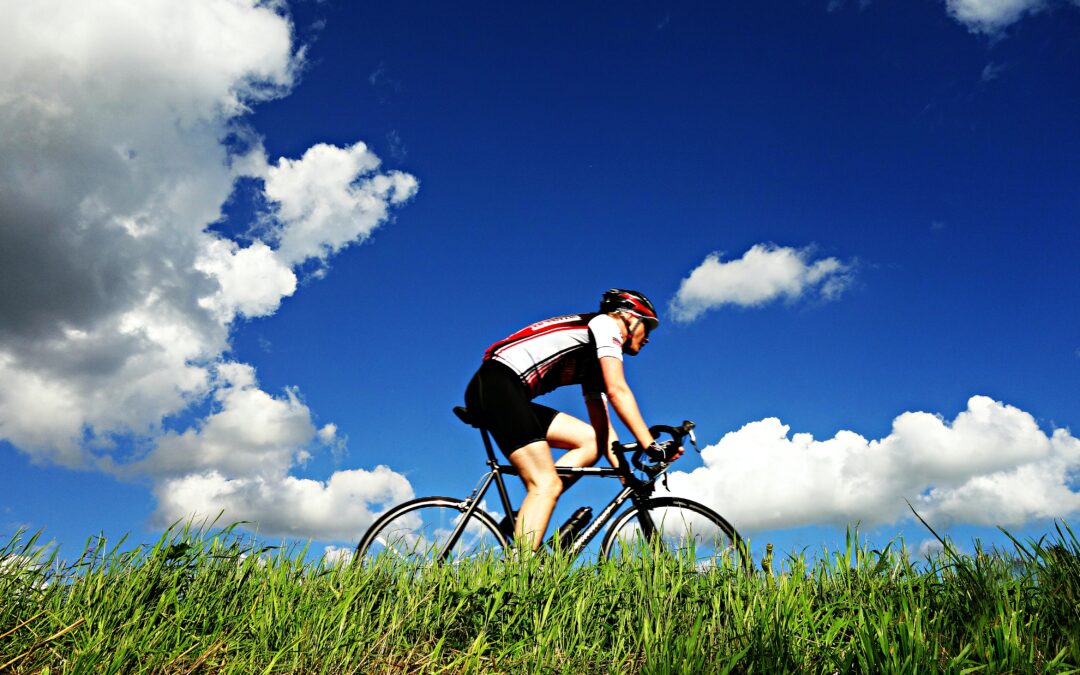When we run, swim, and do most other sports and activities, we have a lot of variability in our freedom of movement. Cycling is a constrained sport, yet it is also somewhat dynamic. What I mean by this is when you are on the bike, you don’t have a lot of variability in movement (you are limited in some degree by the bike), however you are not in one spot the entire time (e.g. you can move forward and back on the saddle, you can stand when you climb, you can change your arm positions, and you will do these even more when you go off road).
By not having tremendous freedom to move around on a bike, coupled with the immense amount of time many recreational and competitive riders spend on their bikes, having a bike fit properly to a cyclist’s body is essential. This is done by altering the parts of the bike that contact the rider, including the saddle, handlebars and pedals. Properly fit contact points make a big difference in achieving an efficient and comfortable set up, as well as improving power output and aerodynamics.
Bike fit can also serve the purpose of achieving more biomechanically advantageous postures and movements while riding. This may alleviate or help treat musculoskeletal injuries that can occur from physical demands of riding. A properly fit bike is part of the equation when assessing and treating common symptoms such as back pain, neck pain, knee pain, and shoulder pain that occur when riding. A physical assessment of the rider by a clinician who has a good understanding of the loads that cycling has on the body with is another very valuable part of the equation, and one that can help to pinpoint the reason why that person may develop pain. Riding is made up of repetitive movements and sustained postures and having a good grasp on what these do to the body is essential in the management of painful conditions.
Therefore, treating the rider along with an individual bike fit can go a long way in caring for cycling injuries. Any pain with biking should warrant this two-step approach of assessing both the rider and the bike, and most serious riders should have a bike fit to their body regardless of pain.

